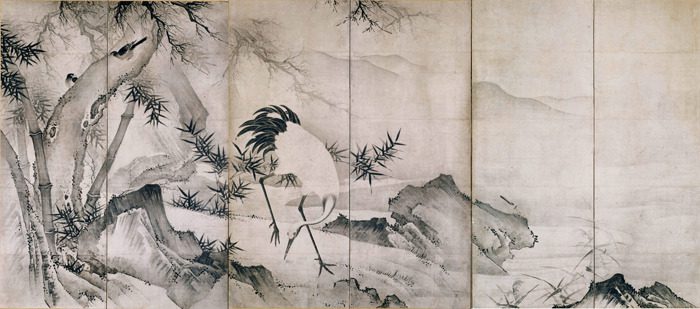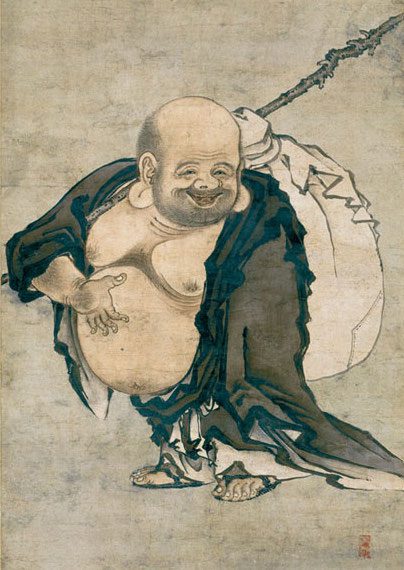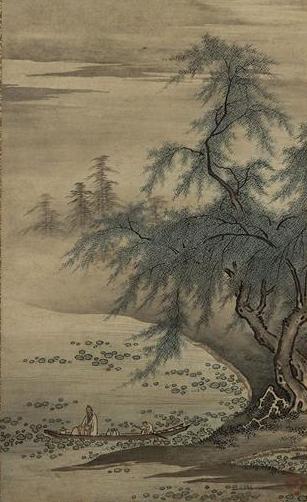Kano Masanobu (1434–1530) and Japan art: Legacy of China
Lee Jay Walker
Modern Tokyo Times

The esteemed art schools of Kano and Tosa are instrumental in Japan. This concerns the fusion of art, culture, and the continuation of high culture in Japan. Therefore, Kano Masanobu (1434–1530), the foundation stone of the school of Kano, was extremely insightful concerning Chinese art and culture.
The Kyushu National Museum says, “KANO Masanobu (1434-1530), a leading painter and contemporary of Sesshu in the Muromachi period, was the first generation of the Kano school that dominated the traditional Japanese painting scene until the beginning of the Meiji period. He played an active part as a personal painter for the Muromachi government’s 8th General Yoshimasa Ashikaga.”

In the world of Masanobu, the Middle Kingdom (China) blessed Japan in countless ways. Hence, Confucianism and Taoism (Daoism) – and other philosophical ideas – influenced Masanobu enormously.
The National Treasures and Important Cultural Properties of the National Institutes for Cultural Heritage (Japan) says (art piece below), “A willow tree stands on the shore of an expansive waterfront, swaying in the gentle breeze. Beneath it are two figures in a boat drifting among lotuses. The figure on the left is possibly Zhou Maoshu (also known as Zhou Dunyi; 1017–73), a Chinese Confucian scholar of the Northern Song dynasty (960–1279) and founder of the neo-Confucian school of thought. Zhou is well known for his appreciation for the lotus, having composed “On Loving Lotuses,” a text extolling it as the noblest of flowers for how it grows in the swamp but remains clean and untainted. Japanese intellectuals of the Muromachi period (14th–16th century), who had developed an appreciation for Chinese culture from a familiarity with its literary traditions, interpreted this work as a depiction of Zhou’s fascination with lotuses, a narrative with which they were familiar.”

Masanobu was initially influenced by Tenshō Shūbun. Hence, the Buddhist priest Shūbun installed religious insights into aspects of his art. However, the constant development of Masanobu entailed gradual independent Japanese themes within his art.
https://www.kyuhaku.jp/en/exhibition/exhibition_collection.html

Modern Tokyo News is part of the Modern Tokyo Times group
http://moderntokyotimes.com Modern Tokyo Times – International News and Japan News
http://sawakoart.com – Sawako Utsumi and her website – Modern Tokyo Times artist
https://moderntokyonews.com Modern Tokyo News – Tokyo News and International News
PLEASE JOIN ON TWITTER
https://twitter.com/MTT_News Modern Tokyo Times
PLEASE JOIN ON FACEBOOK